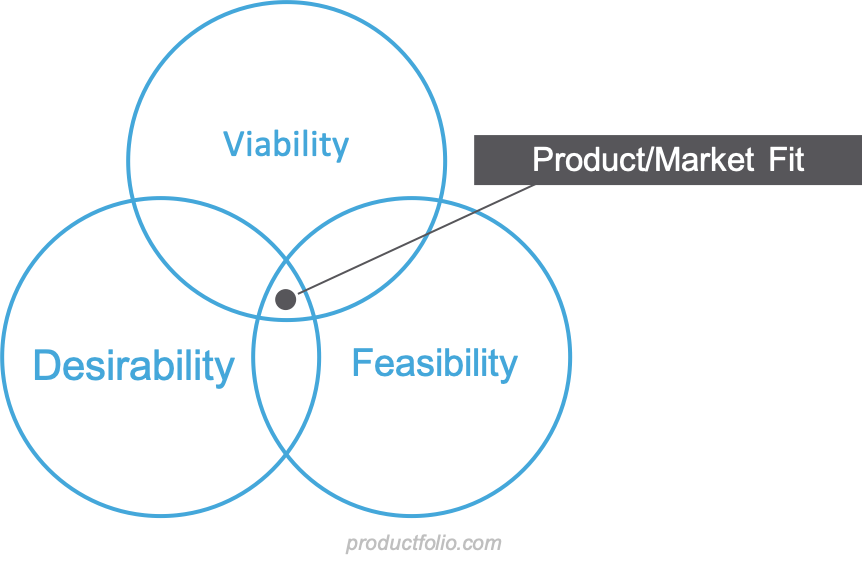What is Product/Market Fit?
Product-market fit is a popular concept and a quick search will provide you numerous pages discussing it. However, many people still do not have a good enough understanding of it, especially when it comes to how to achieve it. A good grasp of this idea is key to the success of any business or product.

What is Product-Market Fit?
In simple terms, product-market fit refers to the quality of a product being able to satisfy the needs of its target market. It is the extent to which an offering satisfies the right market. In the words of Marc Andreessen, who is credited with inventing the term, “Product-market fit means being in a good market with a product that can satisfy that market.”
It doesn’t just mean that the target customers are purchasing and using your product. These users are also so delighted that they tell others about your product, thereby boosting your revenue and profitability more. Product-market fit is an important first step to building successful products. If you can’t confidently say a product has a large enough market to turn a profit, it will be a waste of resources developing it.
The different teams in an organization have a role to play in achieving market fit. It isn’t something that should just be left to Product Management and Marketing. It should also include Sales and Support, among others.
How to Improve Market Fit
Dan Olsen created a framework that clearly shows the five important parts or factors that influence market fit. The author of The Lean Product Playbook identified this in a post, and the book, as:
- Target customer
- Customer’s underserved needs
- Value proposition
- Feature set
- User experience (UX)
The above constitutes what Olsen portrays as the divisions of the Product-Market Fit Pyramid, from bottom to the top. Using this pyramid, he talks about the Lean Product Process, which improves market fit.
The process includes six steps for articulating, testing, and modifying your major hypotheses to promote success. These are:
1. Determine your target customer – Knowing who your product is for is key for ensuring market fit. Decide your target customer after doing market segmentation. This might not be very clear at the beginning but will be as you progress.
2. Pinpoint the customer’s underserved needs – Try to discover and understand the needs that your target customer wishes to meet. Identify their pain points that existing offerings aren’t helping much with.
3. Describe your value proposition – What will your product do differently from those already existing? Define that quality (or qualities) that would make a customer seek out what you offer.
4. Define your MVP feature set – Next, you should determine what would qualify as a minimum viable product (MVP). Spell out a feature set for your product that is highly likely to make customers want to buy.
5. Build a prototype – Build a live version of your MVP to test with your customers. Prototyping enables you to have useful feedback without having to create a final product yet. It is a good way of testing the waters without putting too much at stake yet.
6. Test your MVP – The final step in the Lean Product Process is the actual testing of your MVP prototype with customers. You want to ensure that the people you get feedback from fall squarely within your target market. Ask open-ended questions during your testing and carefully observe the customer’s behavior while using the prototype.
Assessing Product-Market Fit
When it comes to measuring the degree to which a product satisfies the target market, you cannot rely on a single measurement tool. It is ideal to consider combining both qualitative and quantitative metrics.
Some companies use surveys to ask what customers think about their products. However, it is not enough to rely on just numbers and percentages. It is crucial to know your users better and how they feel not only about your product but also your company.
Ascertain whether people are readily willing to buy? Are customers so impressed that they recommend your product to others thereby generating organic growth?
Quantitative metrics that your team can use to measure success include market share, retention rate, growth rate, and NPS score. As for qualitative measures, they include word of mouth, increasing media coverage, and calls from key industry watchers.
You need a combination of the two categories of metrics when assessing market fit. Also, compare your metrics to those of the competition to get a better picture of how well you’re doing.
Be Selective With What Feedback You Work On
While it is a good practice to use customer feedback, you must exercise caution on what to work on. It is vital to realize that it is not possible to satisfy everyone. Focus more on pieces of feedback that are more useful right now and deliver more value. You may want to say an emphatic “No” to some.
It goes without saying that the type of customer in focus determines how important their feedback is. For example, you don’t want to place the feedback of a free user on the same level as that of a paying one.
Also, your goals influence what requires immediate action. The feedback of users that are not renewing their subscriptions, for instance, will matter more when looking to combat churning.
If you must say “No” to a request, be honest about it and let the customer know why, if possible.